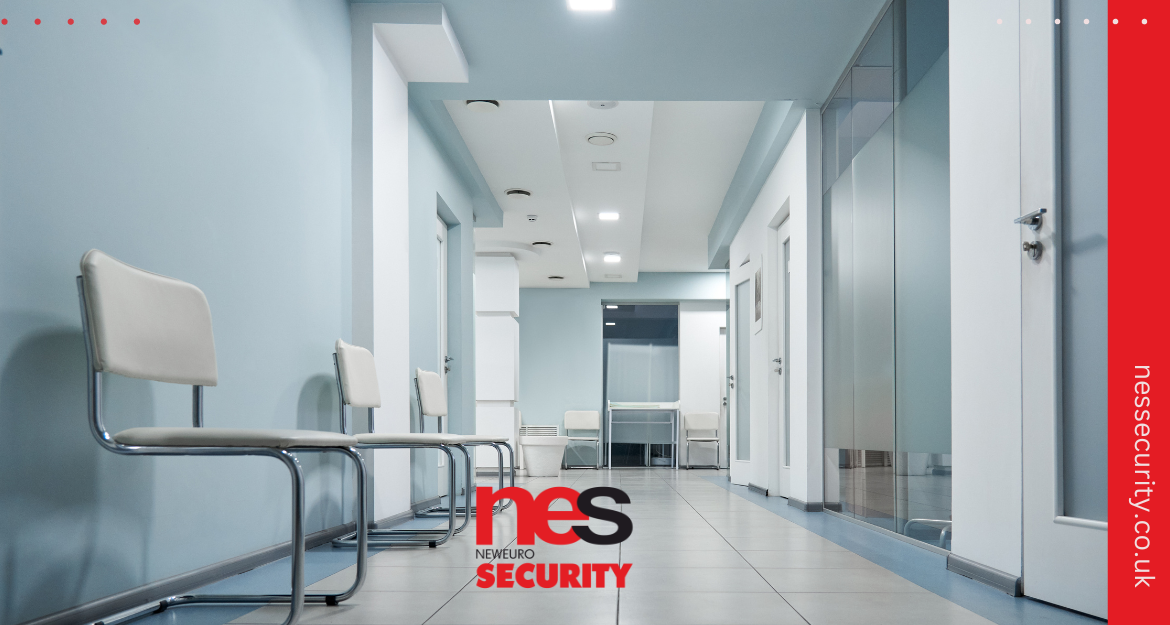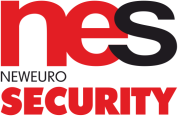In the complex world of healthcare, where patient privacy and safety are paramount, access control plays a crucial role. It goes beyond mere door locks and keycards, encompassing advanced technologies that safeguard sensitive information, protect valuable assets, and create secure environments. In this article, we will explore the importance of access control in healthcare facilities, examine the technologies involved, discuss best practices for implementation, address compliance requirements, and look towards the future. Join us on this journey to discover how access control systems contribute to ensuring patient privacy and safety in healthcare settings.
The Importance of Access Control in Healthcare Facilities
Access control is of utmost importance in healthcare facilities due to the sensitive nature of patient information and the need to maintain a secure environment. It serves as the first line of defence against unauthorised access, protects patient privacy, and prevents potential security breaches. With access control systems in place, healthcare organisations can manage and regulate who has access to restricted areas, ensuring that only authorised personnel, patients, and visitors can enter designated spaces.
Ensuring Patient Privacy through Access Control Systems
Patient privacy is a fundamental right, and healthcare providers have a legal and ethical obligation to safeguard patient information. Access control systems play a crucial role in ensuring patient privacy by restricting access to electronic health records (EHRs), medication storage areas, and other sensitive locations. By implementing robust authentication methods, such as biometric identification or smart card-based systems, healthcare facilities can ensure that only authorised individuals can access patient data, reducing the risk of data breaches and unauthorised disclosure.

Enhancing Safety and Security in Healthcare Environments
Patient safety is of paramount importance in healthcare facilities, and access control systems contribute significantly to creating a secure environment. By controlling access to critical areas such as operating rooms, medication storage rooms, and laboratories, healthcare organisations can prevent unauthorised individuals from entering and potentially compromising patient safety. Additionally, access control systems can integrate with video surveillance and alarm systems, enabling real-time monitoring and a quick response to any security incidents.
Access Control Technologies for Healthcare Facilities
Access control technologies have evolved significantly, providing healthcare facilities with a range of options to choose from. Here are some key technologies commonly employed in healthcare access control:
Smart Cards: Smart card-based systems utilize cards embedded with microchips to grant access. These cards can store detailed information about the individual, such as their role, access privileges, and credentials, ensuring secure and controlled access.
Biometric Identification: Biometric authentication methods, including fingerprint recognition, iris scanning, or facial recognition, offer a high level of accuracy and convenience. These technologies verify an individual’s unique physiological or behavioural traits, eliminating the need for physical credentials.
Proximity Card Readers: Proximity card readers or key fobs use radio frequency identification (RFID) technology to grant access. These systems are convenient and efficient, allowing authorised personnel to gain access by simply waving their card or key fob near the reader.
Best Practices for Implementing Access Control in Healthcare Settings
Implementing access control systems in healthcare settings requires careful planning and adherence to best practices. Here are some key considerations:
Conduct a Security Assessment: Perform a comprehensive assessment of the facility to identify vulnerable areas, assess current security measures, and determine access control requirements.
Define Access Levels: Establish access levels based on job roles, responsibilities, and the sensitivity of the areas being protected. Not everyone needs access to all areas, and defining access levels ensures that individuals only have access to the areas necessary for their duties.
Implement Multi-Factor Authentication: Utilize multi-factor authentication methods, such as combining a smart card with a PIN or biometric verification, to add an extra layer of security and prevent unauthorised access.
Regularly Review and Update Access Rights: Conduct regular reviews of access rights to ensure that they remain up to date. As personnel roles change or individuals leave the organisation, their access rights should be promptly adjusted or revoked.
Addressing Compliance and Regulatory Requirements
Compliance with regulatory standards, such as the Health Insurance Portability and Accountability Act (HIPAA) in the United States or the General Data Protection Regulation (GDPR) in the European Union, is essential in healthcare settings. Access control systems can assist organisations in meeting these requirements by providing audit trails, monitoring access attempts, and ensuring data security and privacy.
The Role of Access Control in Protecting Medical Equipment and Pharmaceuticals
Access control is not limited to protecting patient information. It also plays a crucial role in safeguarding medical equipment and pharmaceuticals. By implementing access control systems, healthcare facilities can prevent unauthorised access to areas where valuable equipment and medications are stored. This helps reduce the risk of theft, tampering, or misuse, ensuring the availability of essential resources for patient care.

Mitigating Insider Threats with Access Control Systems
While access control primarily focuses on external threats, it is equally important in mitigating insider threats. Healthcare facilities must safeguard against unauthorised access or misuse of patient data by their employees. Access control systems can restrict access to sensitive information, allowing organisations to monitor and track employee activities, reducing the risk of data breaches or unauthorised actions.
Integrating Access Control with Other Healthcare Systems
Access control systems can integrate with other healthcare systems to enhance operational efficiency and security. Integration with electronic medical records (EMR) systems allows for seamless authentication and access to patient information. Furthermore, integration with nurse call systems, alarm systems, or video surveillance enables real-time response to emergencies and enhances overall security measures.
The Future of Access Control in Healthcare Facilities
As technology continues to advance, the future of access control in healthcare facilities holds exciting possibilities. Here are a few trends to watch for:
Mobile Access: The integration of mobile devices into access control systems enables authorised personnel to use their smartphones or wearable devices as digital credentials, providing convenience and flexibility.
Artificial Intelligence and Machine Learning: The use of AI and machine learning algorithms can enhance access control systems by analysing patterns, detecting anomalies, and improving overall system intelligence and response.
Blockchain Technology: Blockchain-based access control systems have the potential to provide robust security and integrity, ensuring tamper-proof audit trails and preventing unauthorised modifications.
FAQs
Are access control systems expensive to implement in healthcare facilities?
While the cost of implementing access control systems may vary depending on the size and complexity of the facility, the benefits outweigh the initial investment. The enhanced security, improved patient privacy, and regulatory compliance make it a worthwhile investment for healthcare organisations.
Can access control systems be customised to meet specific healthcare facility requirements?
Yes, access control systems can be customised to meet the unique requirements of healthcare facilities. From defining access levels to integrating with existing systems, solutions can be tailored to the specific needs of the organisation.
How can access control systems help healthcare facilities respond to emergencies?
Access control systems can be integrated with alarm systems and video surveillance, enabling quick response during emergencies. Real-time monitoring and instant alerts allow security personnel to identify and address potential threats promptly.
Partnering with Nes Security for Access Control Solutions in Healthcare Facilities
At Nes Security, we understand the critical importance of patient privacy and safety in healthcare facilities. With our expertise in access control systems, we can help you implement the right solution tailored to your specific needs. Our team of professionals will work closely with you to assess your requirements, design a comprehensive access control system, and ensure seamless installation and integration. Partner with Nes Security to enhance the security of your healthcare facility and protect what matters most.


